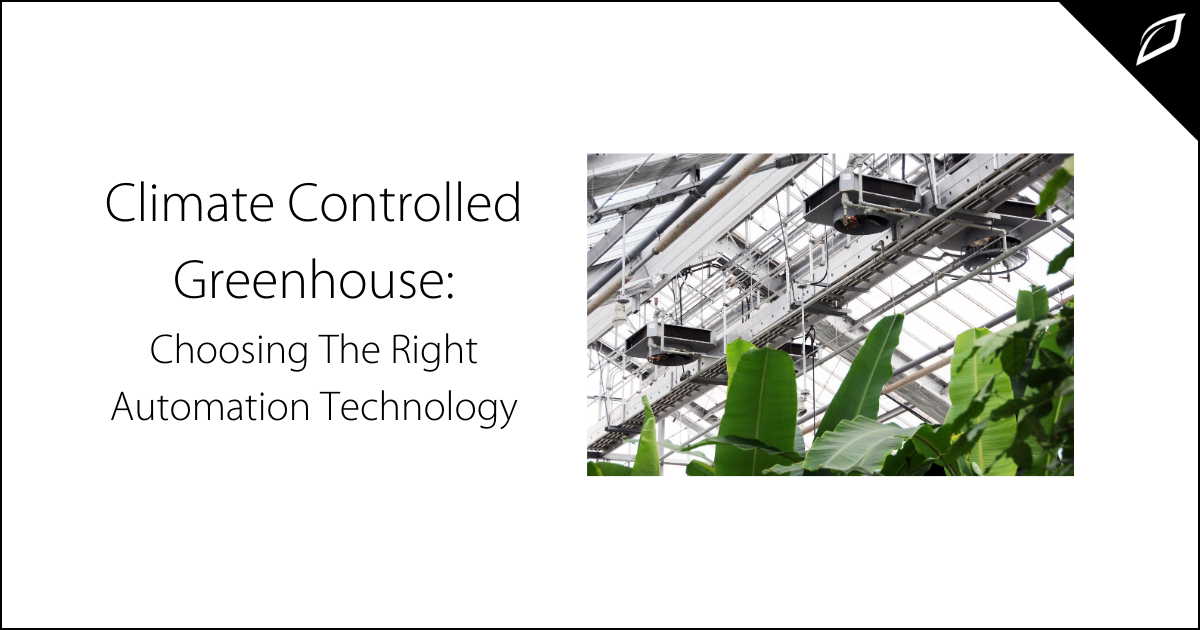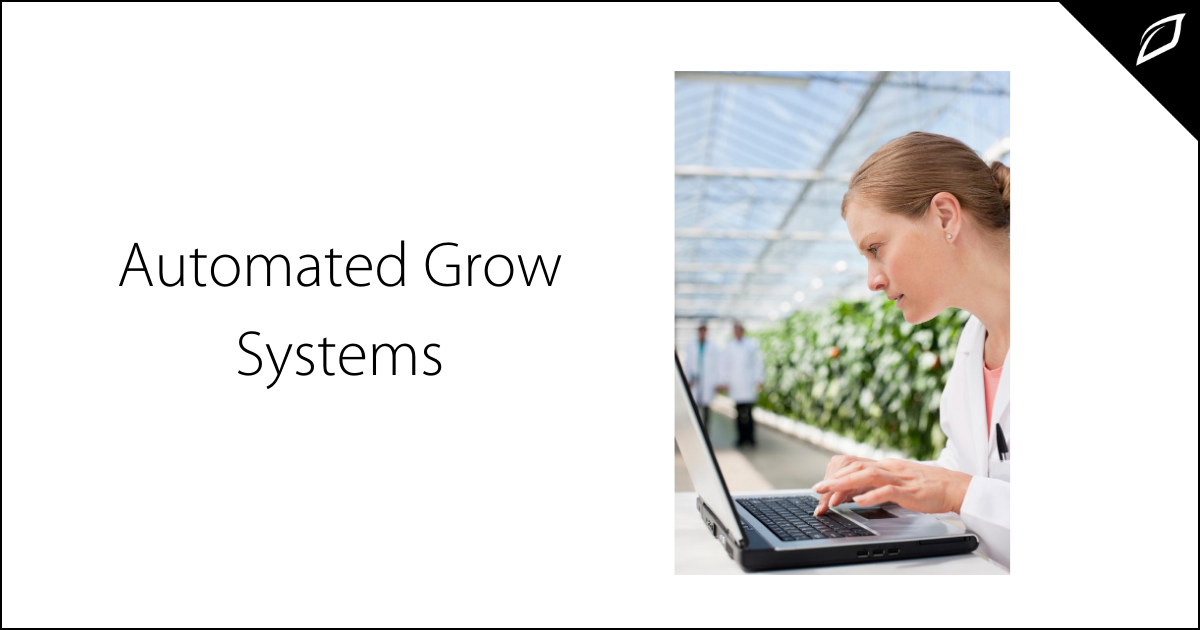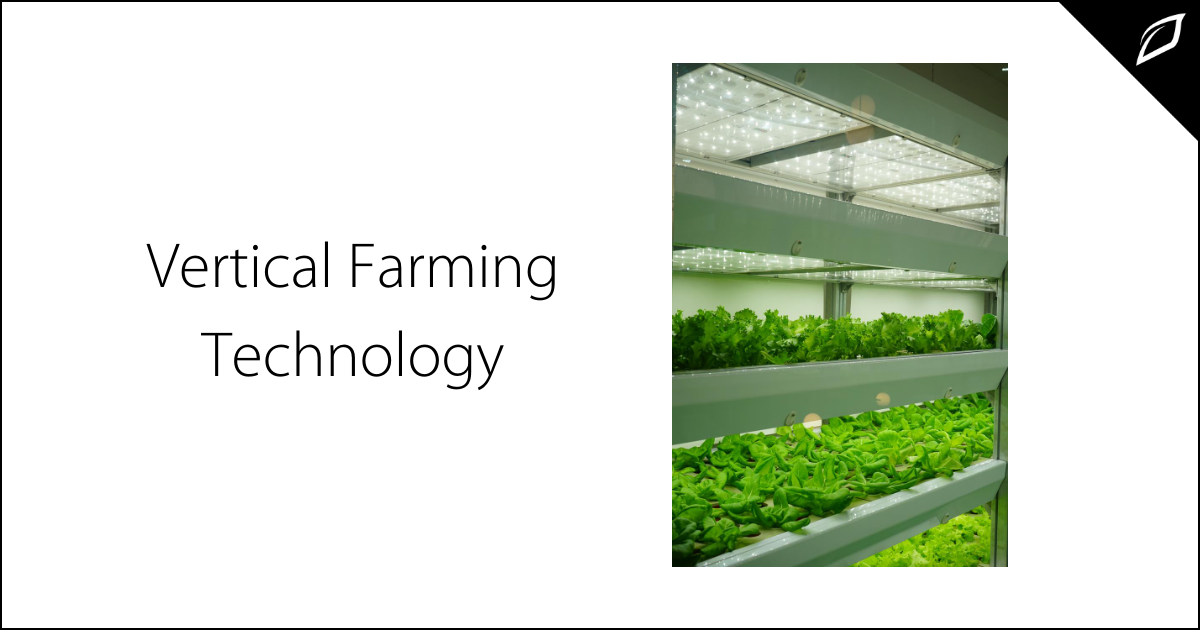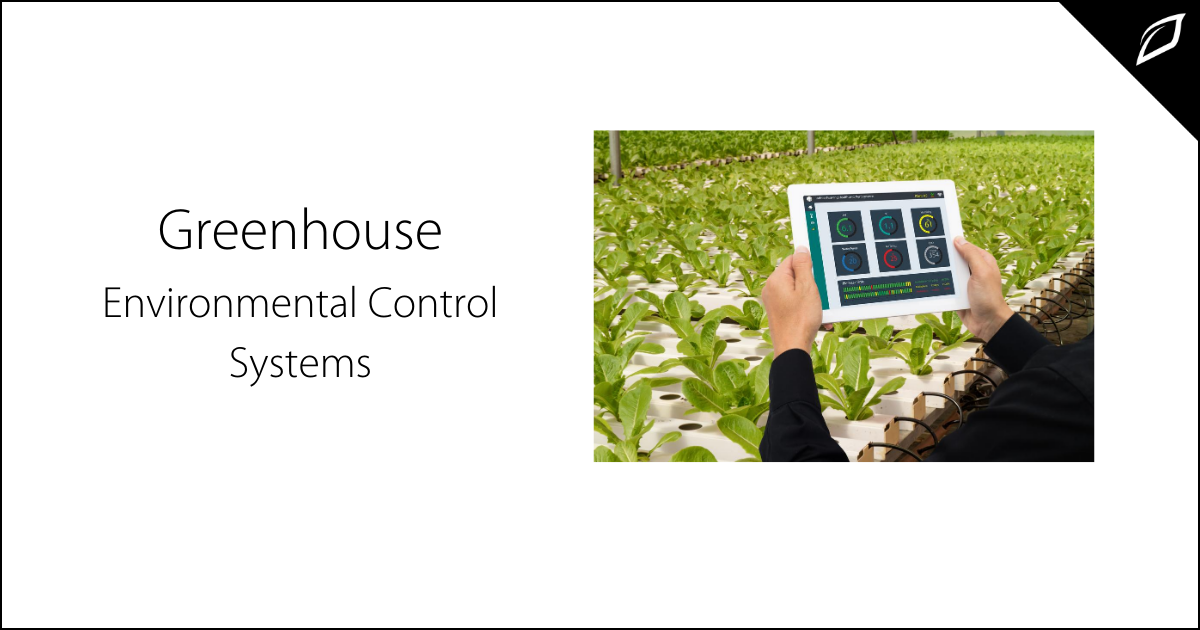Automated Grow Systems
Increase yields and save valuable resources Automated grow systems have been used for many years to keep labor costs down. Whether it's lighting,...
1 min read
Joy King : Aug 21, 2020 12:23:27 PM

Choosing the right automation technology.
The modern greenhouse utilizes technology to automate many daily tasks associated with a bustling grow operation. It can be confusing and overwhelming to decide on which system is right for your specific needs and goals. Whether you need to replace an older automation system that can no longer provide the dependability you need, or you're interested in new technological advancements of fully cloud-based automatic grow systems, here are the basics.
What is a climate-controlled greenhouse?
Most greenhouse automation systems use a four-pronged approach. First, overall environmental sensor data, second, direct plant, and soil sensor data, third, utilize gathered sensor data to control environmental conditions, and lastly, an operating system to analyze and predict. Let's break them down individually.
Environmental Sensors - As the name implies, environmental sensors measure and monitor overall temperature, light levels, humidity, and CO2 levels.
Plant and Soil Sensors - These remote sensors monitor the nutrient concentration, soil moisture, EC, and pH levels at the plant level.
Controllers - Smart motor controllers allow growers to create rules that control a variety of equipment that operate ventilation, fertigation, fans, and dosing systems.
Operating System - OS is the software that acts as an interface between the end-user and computer hardware. It provides analytical data based on sensor data, which provides meaningful, actionable insights like yield predictions or cultivation schedules. And machine learning adjusts equipment for optimal energy efficiency and growth. Most systems on the market have a mobile app allowing growers to gather and control the system remotely.
Bottom Line
Those are the fundamental basics of a climate-controlled greenhouse automation system. There are many other considerations when picking a company to buy from, because their technology will always evolve, making them your technology partner, more than vendors you buy from. We recommend choosing a company that offers continued customer support to assist in complicated installations and upgrades. Other relevant factors include the size of your operation, technical prowess, long term goals, and funding.
These systems can be costly, but long term savings on things like labor costs, energy consumption, and nutrient waste will make up for it in the long run. When you factor in increased yields, improved crop quality, and the ability to predict yields more accurately, the system will eventually pay for itself.
There's no doubt that agriculture and technology have changed how we grow today. Expect that trend to continue as growers embrace innovation in technology.


Increase yields and save valuable resources Automated grow systems have been used for many years to keep labor costs down. Whether it's lighting,...

What is vertical farming? According to Wikipedia, vertical farming is "the practice of growing crops in vertically stacked layers. It often...

What are environmental control systems? As any expert will tell you, a growing environment is more than just the air temperature. It's a potent...